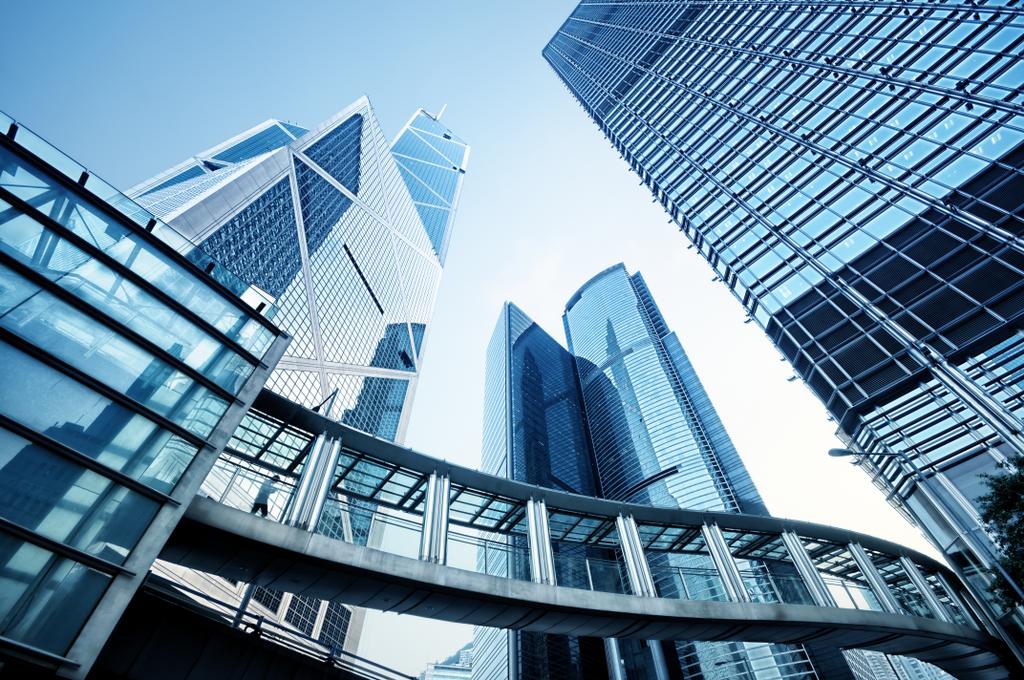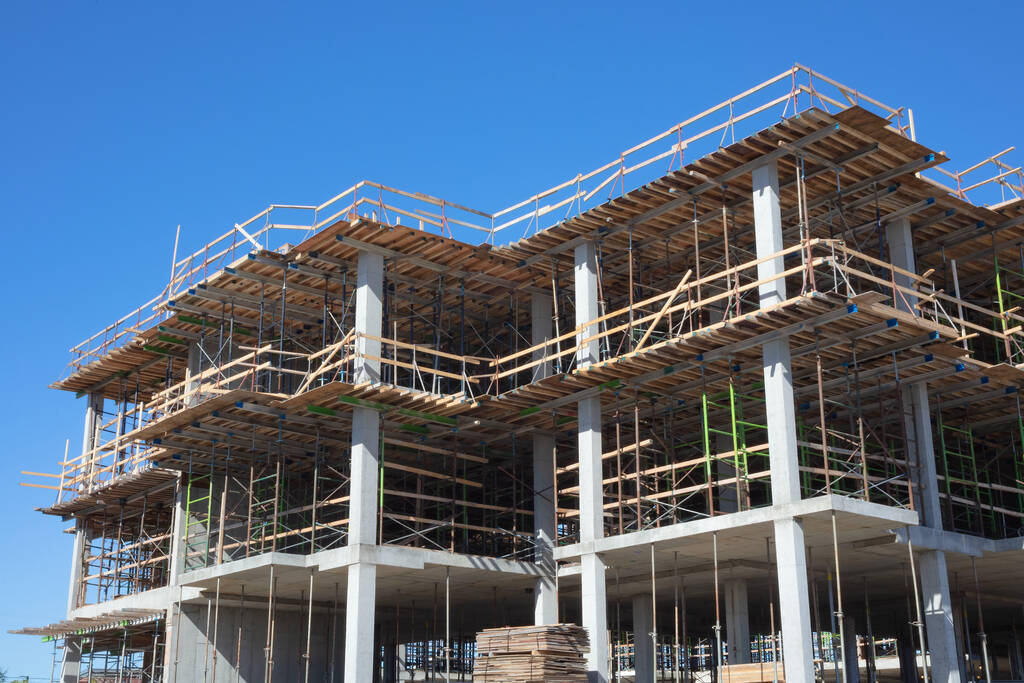Unveiling the Strength and Versatility of Metal Building Components
In the realm of modern construction, metal building components have emerged as a staple due to their unmatched strength, versatility, and cost-effectiveness. Metal components have revolutionized the industry, providing architects, engineers, and builders with a wide array of options to create durable, aesthetically pleasing structures. From structural frameworks to roofing and cladding systems, metal building components have become the go-to choice for projects ranging from industrial warehouses to residential homes.

In this article, we will delve into the world of metal-building components, exploring their various types, benefits, and applications.
- Structural Frameworks:
The structural framework forms the backbone of any building, and metal components have significantly enhanced the construction industry’s ability to create robust and stable structures. Steel and aluminum are the most commonly used metals for structural frameworks due to their high strength-to-weight ratios. Steel beams, columns, and trusses provide exceptional load-bearing capacity, enabling the construction of large, open spaces without the need for excessive support columns. On the other hand, aluminum offers excellent corrosion resistance and is often used in structures where weight is a critical factor.
- Roofing Systems:
Metal roofing systems have gained immense popularity due to their durability, longevity, and energy efficiency. Roofing panels made of galvanized steel, aluminum, or zinc provide excellent protection against the elements, including rain, wind, snow, and fire. Metal roofs can withstand extreme weather conditions, making them a perfect choice for regions prone to hurricanes, heavy snowfall, or high temperatures. Additionally, the reflective properties of metal roofs help reduce cooling costs by minimizing heat absorption.
- Cladding Systems:
Metal cladding systems offer both functional and aesthetic benefits to buildings. Cladding panels made of materials like steel, aluminum, or copper serve as protective layers, shielding the underlying structure from moisture, UV radiation, and other environmental factors. Moreover, metal cladding provides architects with endless design possibilities, allowing for creative and visually striking facades. The wide range of finishes, textures, and colors available in metal cladding systems enable the creation of unique and modern architectural designs.
- Insulation and Energy Efficiency:
Metal building components can be integrated with insulation materials to enhance energy efficiency. Insulated metal panels (IMPs) consist of metal sheets with an insulating foam core, offering superior thermal performance and reducing heat loss. These panels are easy to install, reducing construction time and costs. By incorporating energy-efficient metal components into a building’s envelope, energy consumption can be significantly reduced, resulting in lower operational costs and a reduced environmental footprint.
- Sustainable and Recyclable:
Metal building components are highly sustainable and environmentally friendly. Steel and aluminum are among the most recycled materials globally, with recycling rates exceeding 90%. By using metal components, construction projects can contribute to the circular economy by minimizing waste and conserving natural resources. Additionally, the durability and longevity of metal structures reduce the need for frequent renovations or replacements, further reducing the overall environmental impact.
- Applications:
Metal building components find applications in various sectors. In industrial settings, metal structures are widely used for warehouses, factories, and storage facilities due to their ability to accommodate large open spaces and heavy loads. In commercial buildings, metal components allow for unique architectural designs, such as curved or angular facades, while maintaining structural integrity. Residential construction benefits from metal roofing systems, providing homeowners with long-lasting protection against the elements.

Metal building components have revolutionized the construction industry, offering a combination of strength, versatility, and sustainability. From structural frameworks to roofing and cladding systems, metal components provide unparalleled durability, energy efficiency, and design flexibility.
Learn more at Wiki as well.











